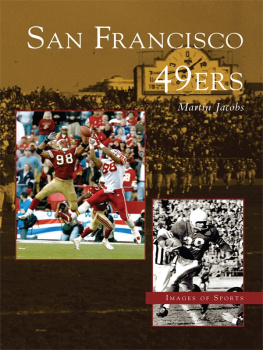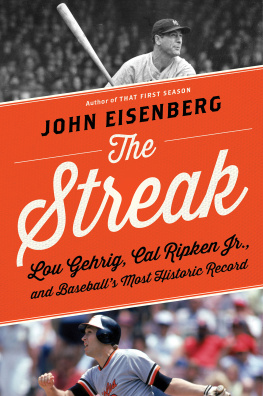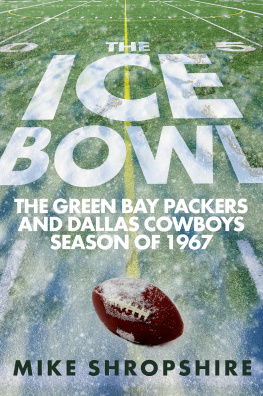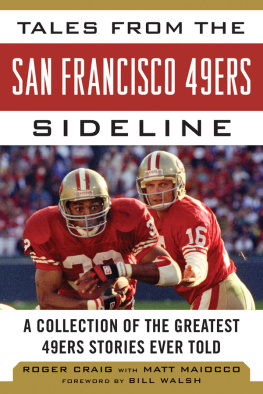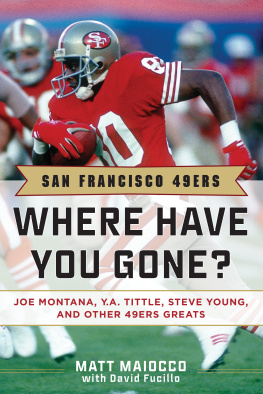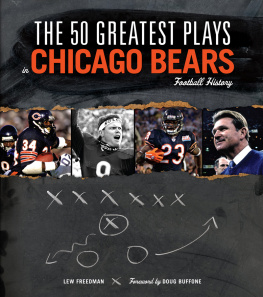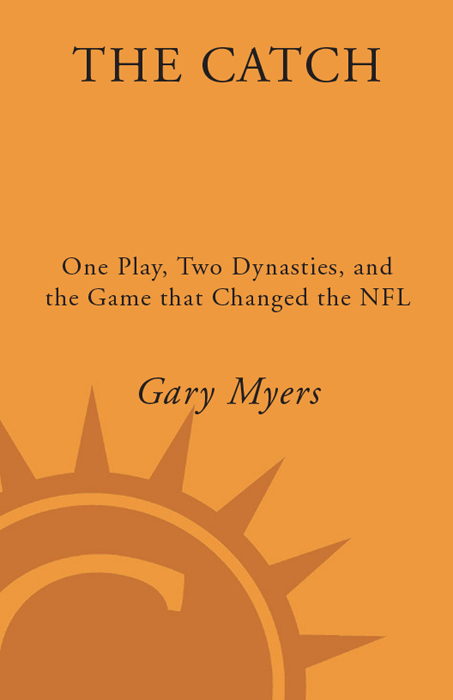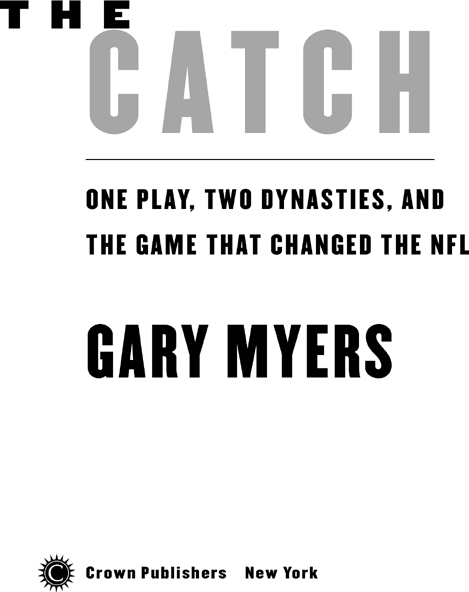Gary Myers - The Catch: One Play, Two Dynasties, and the Game That Changed the NFL
Here you can read online Gary Myers - The Catch: One Play, Two Dynasties, and the Game That Changed the NFL full text of the book (entire story) in english for free. Download pdf and epub, get meaning, cover and reviews about this ebook. year: 2009, publisher: Crown, genre: Detective and thriller. Description of the work, (preface) as well as reviews are available. Best literature library LitArk.com created for fans of good reading and offers a wide selection of genres:
Romance novel
Science fiction
Adventure
Detective
Science
History
Home and family
Prose
Art
Politics
Computer
Non-fiction
Religion
Business
Children
Humor
Choose a favorite category and find really read worthwhile books. Enjoy immersion in the world of imagination, feel the emotions of the characters or learn something new for yourself, make an fascinating discovery.

- Book:The Catch: One Play, Two Dynasties, and the Game That Changed the NFL
- Author:
- Publisher:Crown
- Genre:
- Year:2009
- Rating:4 / 5
- Favourites:Add to favourites
- Your mark:
The Catch: One Play, Two Dynasties, and the Game That Changed the NFL: summary, description and annotation
We offer to read an annotation, description, summary or preface (depends on what the author of the book "The Catch: One Play, Two Dynasties, and the Game That Changed the NFL" wrote himself). If you haven't found the necessary information about the book — write in the comments, we will try to find it.
Drama like this couldnt be scripted any better. Dallas was still reigning as Americas team. San Francisco was hungry for a ticket to its first Super Bowl. With less than a minute left, the 49ers were one touchdown and extra point away from pulling it off, six yards from the end zone. Too Tall Jones and the Cowboys celebrated defense were primed to stop Montana and the 49ers. The play came in from head coach Bill Walsh: Sprint Right Option. It almost never worked in practice. But this was game on. It had to work. Montana took the snap and rolled right. With 700 pounds of prime defensive talent bearing down on him, leaning backward, in his last moment of upright balance, Montana sent the ball to the back of the end zone. The primary receiver had slipped and was not in place. But the secondary receiver, Dwight Clark, was streaking toward the corner, leaping higher than he ever had or ever would again. With his arms reaching for the sky, his fingers splayed, he snatched the impossibly high pass, briefly lost control, regained it . . . touchdown!
Franchises, careers, lives, and dynasties all changed in that moment.
Sports journalist Gary Myers was there, and now with fresh revelations from key players, including Montana, Clark, Ronnie Lott, Randy Cross, Tony Dorsett, Drew Pearson, Charlie Waters, and others, he takes fans back to an iconic game and one of the NFLs most breathtaking plays. Myers presents new details on the rise of Montana and the 49ers and the fall of the 80s Cowboys. He reveals what Bill Walsh saw in an overlooked third-round draft pick named Joe Montana and how Walsh accidentally discovered Dwight Clark. He shows how legendary Dallas head coach Tom Landry, who as reputed did put winning first, was not above crying over players whose personal careers had to come second. He celebrates forgotten heroes like journeyman running back Lenvil Elliott, who picked that particular gameand that final drive down the fieldto shine. Its all here, from the death threat that spooked Montana during the game to 49ers owner Eddie DeBartolos bad luck when his view of the historic play was literally blocked by a horses ass.
The Catch is both the ultimate replay of a sports moment for the ages and a penetrating look into the inner dynamics of the NFL.
Gary Myers: author's other books
Who wrote The Catch: One Play, Two Dynasties, and the Game That Changed the NFL? Find out the surname, the name of the author of the book and a list of all author's works by series.



